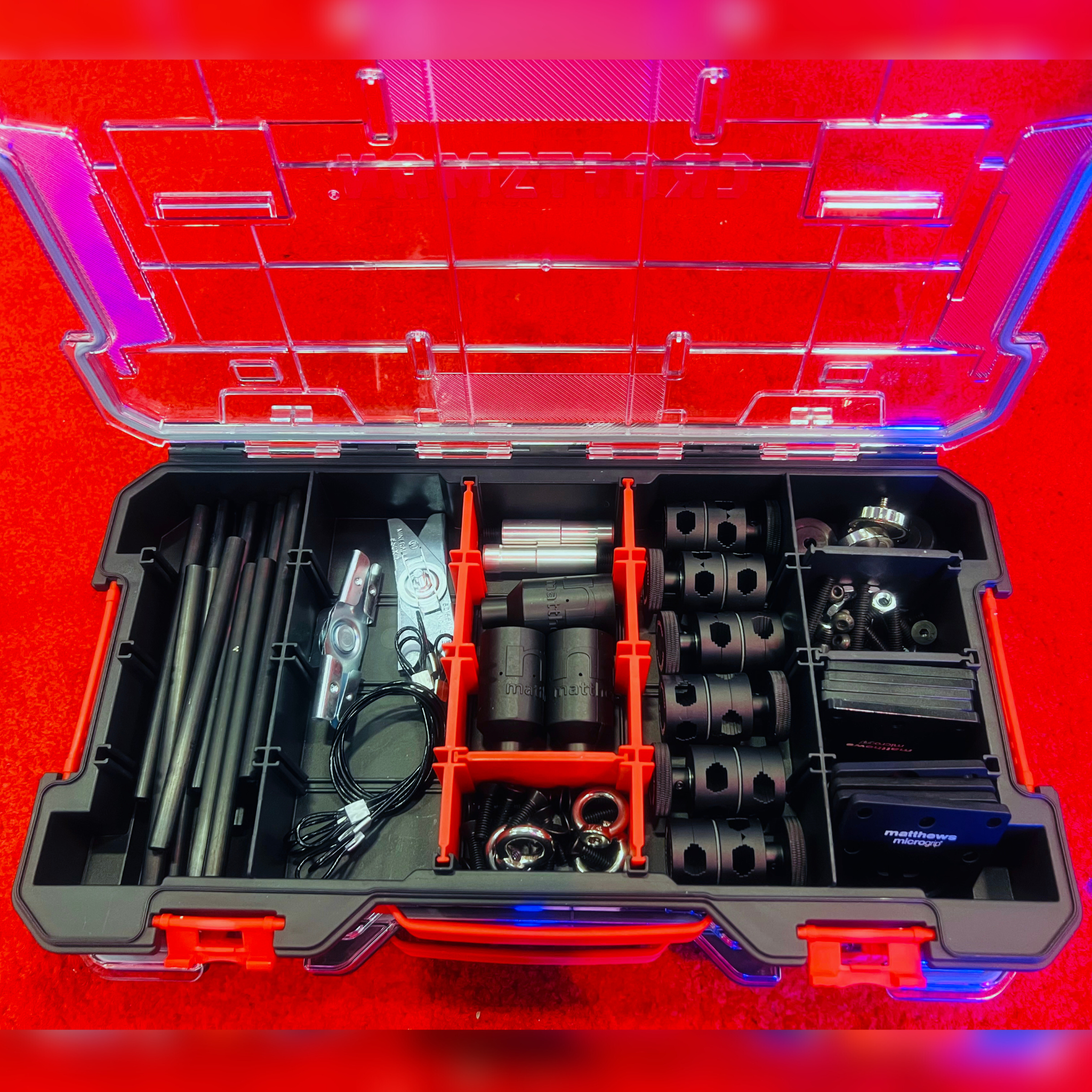Is Your Broadcast Facility Ready For a Power Surge?
ALEXANDRIA, VA—By the time you read this, the summer season and its associated stormy weather will be behind us. If you were lucky—or well prepared—you likely escaped transmitter or studio plant damage from thunderstorm-induced power surges, also known as line glitches, transients and spikes. However, just because the threat of electrical storms is lessened doesn’t mean you can let your guard down when it comes to protecting broadcast gear from power source damage. With today’s microchips and their associated millions of transistors it doesn’t take much to render gear inoperative or unreliable.
So just what is a power surge anyway?
Short-duration surges or spikes can add a tremendous amount of destructive energy to the normally stable power received from your electrical utility company.
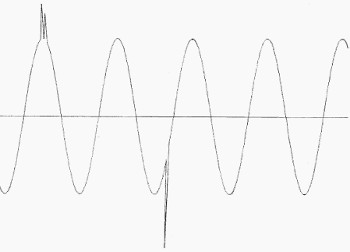
A good working definition comes from Kevin Turner, an AC power specialist with Smiths Power, a company that encompasses such power equipment brands as PDI, ONYX, PolyPhaser, Transtector, LEA, and RO Associates.
“A surge is a short-duration (microsecond), high-frequency event typically ranging from 5 kHz to 100 kHz, but which can even reach the GHz level,” said Turner. “It’s a brief overvoltage spike or disturbance on a power waveform that can damage, degrade or destroy electronic equipment.”
On first appearance, it doesn’t seem as if such a short burst of excessive voltage could do appreciable damage. However, as these transients, glitches, surges, spikes—pick your own favorite terminology—can instantaneously rise to thousands of volts, there’s a lot of energy available to turn broadcast gear into “crispy critters” in just the blink of an eye, and the problem seems to have gotten worse over time.
“Surge protection is very critical now,” said Mark Schaefer, director of engineering at WFLA-TV in Tampa, Fla. “So much of the equipment is computerized these days and it doesn’t like any kind of glitching. Dirty power is the enemy of anything that’s computerized or run with a microprocessor.”
Schaefer’s comments were echoed by Roswell “Roz” Clark, who is director of technical operations for a number of Cox Media Group broadcast properties in Florida.
“I think there has been a greater emphasis and awareness on power sources during the past decade or so” said Clark. “This has come about as equipment has become more computerized and solid-state. Back in the ‘good old days’ when you had tube-based equipment and relay logic, broadcast systems could withstand a lot more in the way of surges and other disturbances. Nowadays, the main control systems of pretty much everything rely on components that are very sensitive to tower strikes and power surges.”
SURGES DON’T ALWAYS EMANATE FROM THE SKIES
Actually, in today’s world it’s not only electrical storms that can cause power line surges and glitches. The switching on and off of large motors—think big machinery and HVAC units—with their reactive nature can add some really big spikes to that sinusoidal energy that your power company delivers to your buildings.
In fact, according to Turner, only a very small amount of power line trouble comes from “natural” causes.
“People view damage from surges as primarily from lightning,” he said. “In reality, only eight percent are due to lightning; 92 percent are manmade—utilities switching power sources or from your air conditioning system cycling. Today’s electronic equipment requires more sensitive and sophisticated protection. Surge protection has changed a lot over the past few years; electronic gear now demands a much lower turn-on voltage threshold in order to be protected.”
When a high-level transient came down the line, this surge suppression system did what it was designed to do by sacrificing itself and thus preventing damage to expensive station equipment. (Photo credit: Smiths Power)
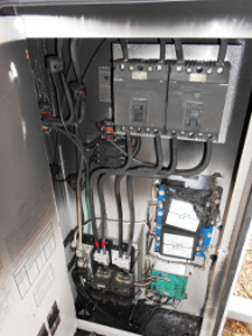
TURNING BACK THE ENEMY
Fortunately, most new broadcast facilities include well engineered and protected power distribution systems. However, if you have a “legacy” operation,one that’s been around for more than a decade or so, it’s a good idea to perform an audit to see if surge protection is up to par, or even exists. To do this, it’s probably best to bring in a power specialist who can make recommendations as to what’s necessary to protect your pricey transmitter and studio equipment. Without such protection you are indeed operating on borrowed time.
“Surge protection is vital and key,” said Clark. “If you don’t properly surge-protect, your plant will be vulnerable and you’ll be spending a lot of time doing what I call ‘fire drills’ and recovery work. However, protecting surges is not difficult if you know what to do.
“Proper surge protection at multiple stages is very important. If you have 480 Volt power being delivered to your building, you want to have surge protection there. Then you want to surge protect after the step-down to voltage levels distributed in the building. You also want to have surge protection right at the equipment. The idea is to remove the surge as close to the source as possible, but don’t assume that you’re going to catch it [at the first place in the chain]; try to protect as you get closer and closer to the equipment. Installation of multiple layers of surge protection is a good practice and not that hard to do.”
Clark added that proper grounding and bonding are equally important; without these, surge suppressors are just going to give a false sense of security.
Surge suppressors come in all sizes and power ratings. This 8-Amp, 120-Volt unit from Middle Atlantic is sized to conveniently mount behind a flat panel display or in a wall or ceiling box. (Photo credit: Middle Atlantic)
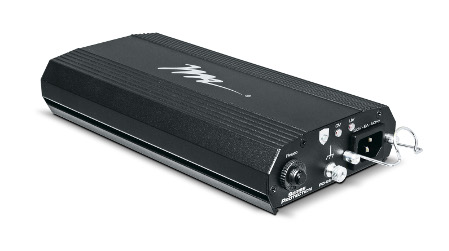
HOW DOES SURGE SUPPRESSION WORK?
“A common type of surge protection that’s been widely adopted now is the silicon avalanche suppression diode, or ‘SASD,’ a specialized type of zener diode,” said Turner. “Older technologies include gas tubes and MOVs (metal oxide varistors). All of these provide a low impedance path to ground in the event of a surge. In sensitive electronic equipment applications, the SASD is really the device of choice as it turns on so quickly—in nanoseconds—while lightning strokes or manmade transients typically occur in microseconds. And the voltage turn-on threshold for SASDs is much lower, providing additional protection.”
Turner noted that SASDs are sometimes used in tandem with MOVs, as a MOV can withstand higher surges, but degrades over time, while SASDs aren’t that susceptible to gradual degradation. He added that while all state-of-the-art suppression systems handle most surges in stride, they will sacrifice themselves when a really large spike comes along. Modern systems are fitted with user-replaceable “cartridges” that visually announce they’ve made the “ultimate sacrifice,” or can trigger a warning text message or email to maintenance personnel via a contact closure. They’re also designed to allow power to flow after the surge event until someone can reach the site to make repairs.
How good is this sort of protection? WFLA-TV’s Schaefer related that proper surge protection made a really big difference at his station’s analog transmitter facility some years ago.
At the other end of the surge suppressor spectrum is this Apex IMax from Transtector. It’s designed to handle 600 KV 120/208 Volt three-phase loads and tips the scale at 24 pounds. (Photo credit: Smiths Power)
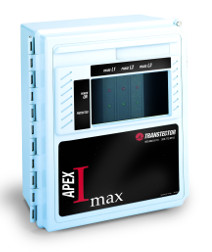
“We had what we figured was a lightning strike to one of the power lines not too far from the facility,” said Schaefer. “We had good-sized LEA Dynatech surge suppressors on the power supply for the transmitters and good solid-steel Hoffman electrical boxes enclosing these suppressors. We got knocked off the air and when we went out [to the transmitter] noticed that not only had the main circuit breaker tripped but also one of the surge suppressors had exploded with such force that it twisted the hinges on the Hoffman box to the point that it couldn’t be opened properly anymore.”
He noted that once the damaged surge suppressor was bypassed and the breaker reset the transmitter came right back up.
“The surge suppressor was worth its weight in gold that day,” said Schaefer.
This is the first installment of a multi-part article; later installments will examine protection from tower/antenna lightning strikes, and grounding/bonding and power conditioning.
James E. O’Neal is a retired broadcast engineer with more than 35 years of experience in the field. For the past 10 years he has served as technology editor at TV Technology magazine.
Get the TV Tech Newsletter
The professional video industry's #1 source for news, trends and product and tech information. Sign up below.
